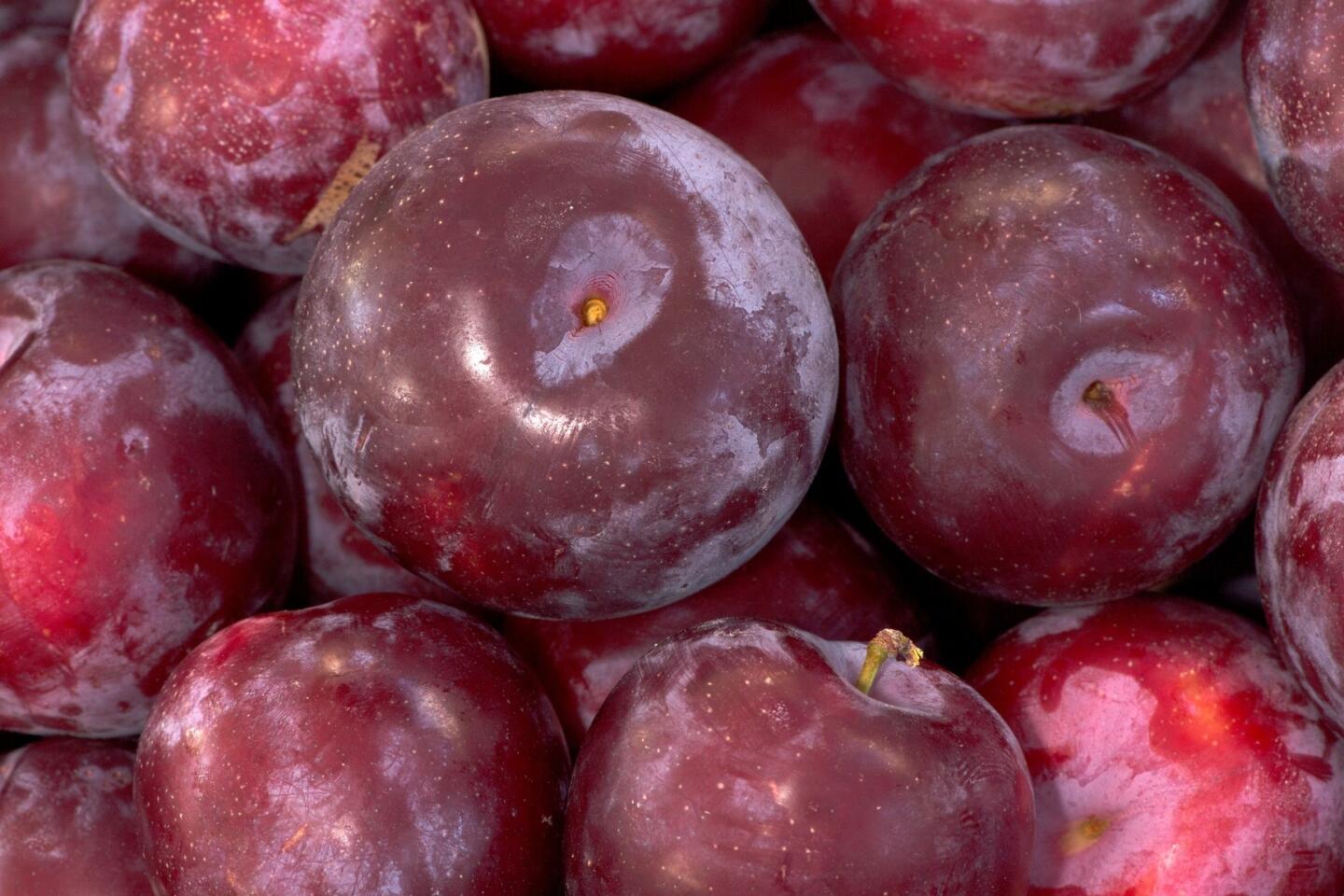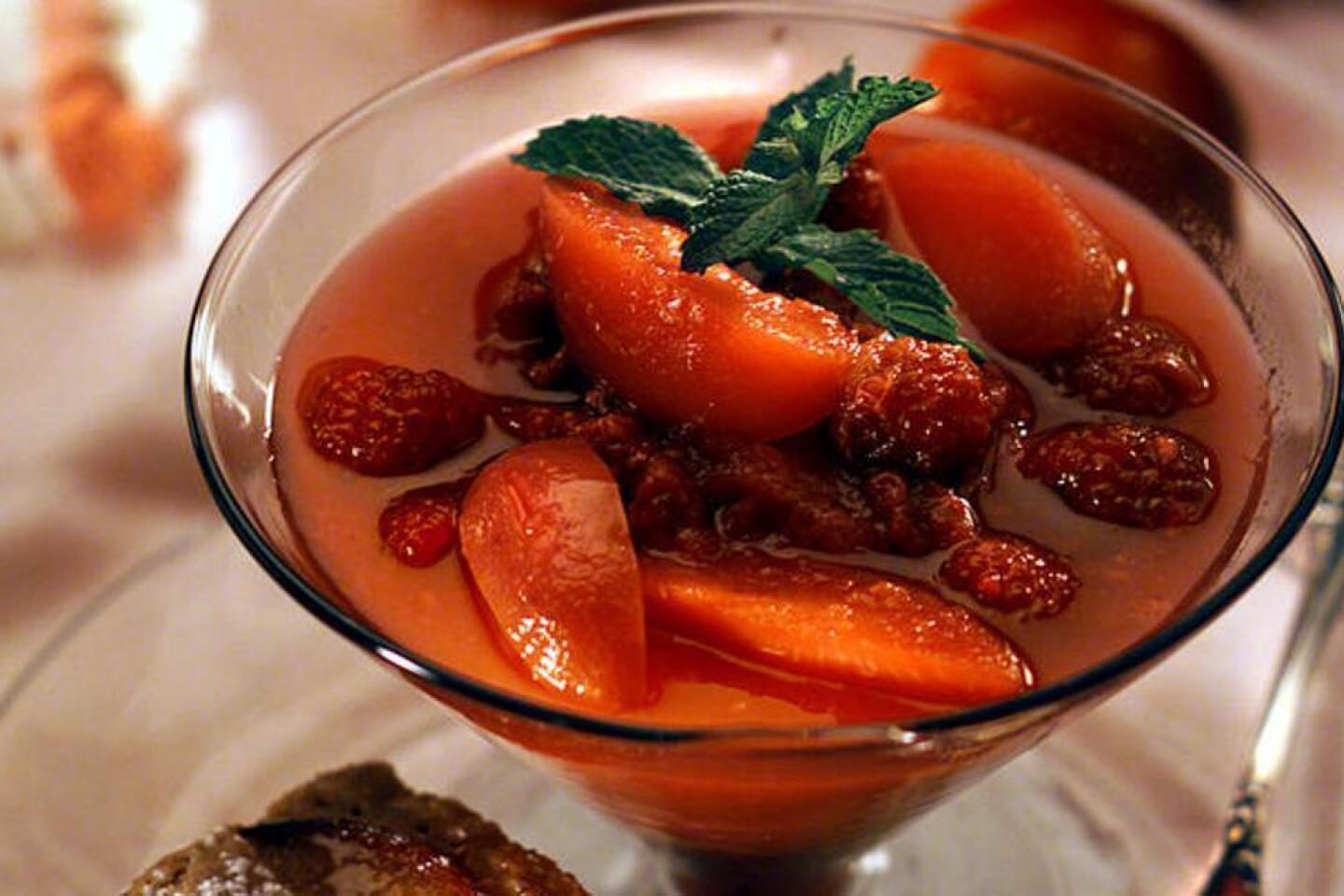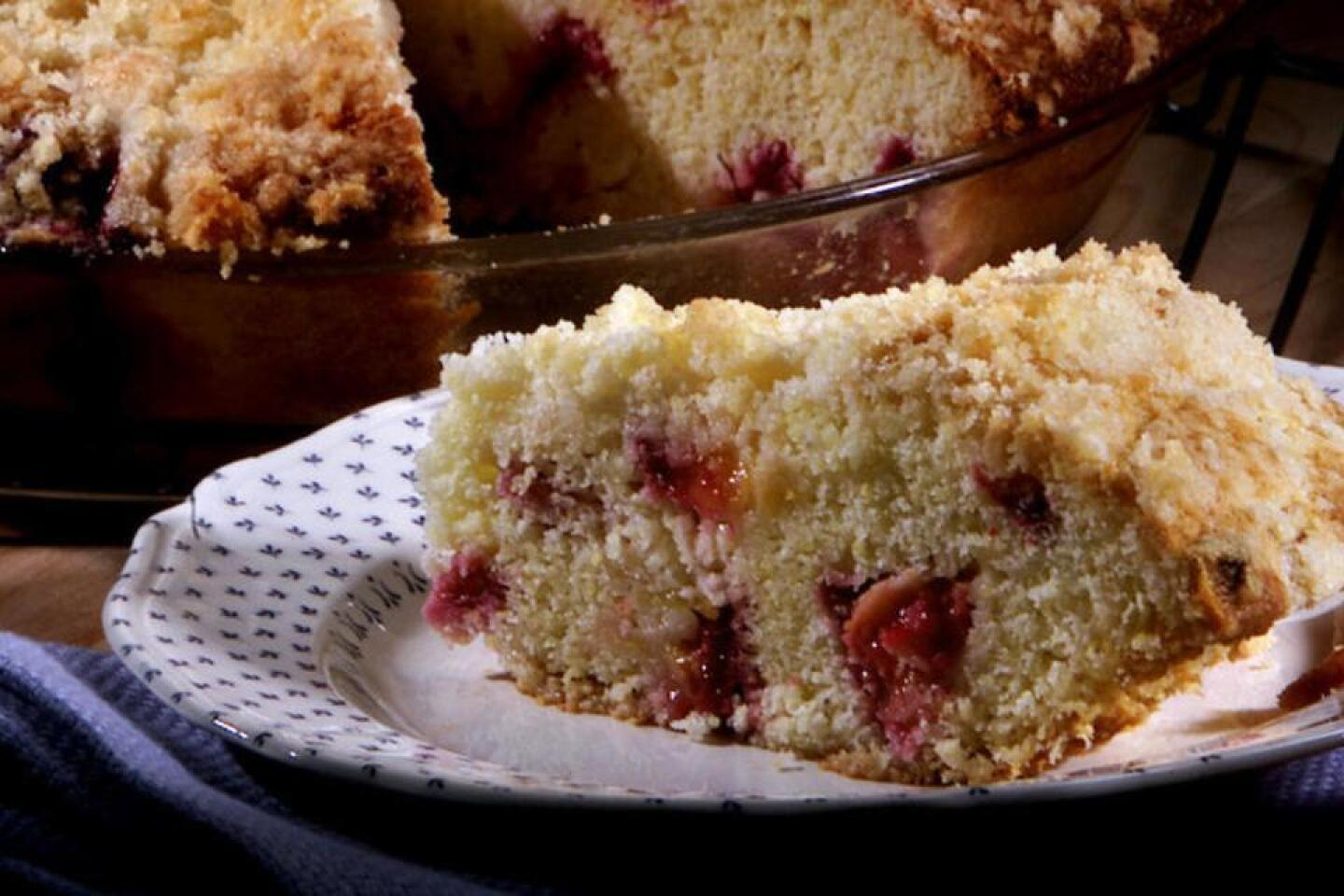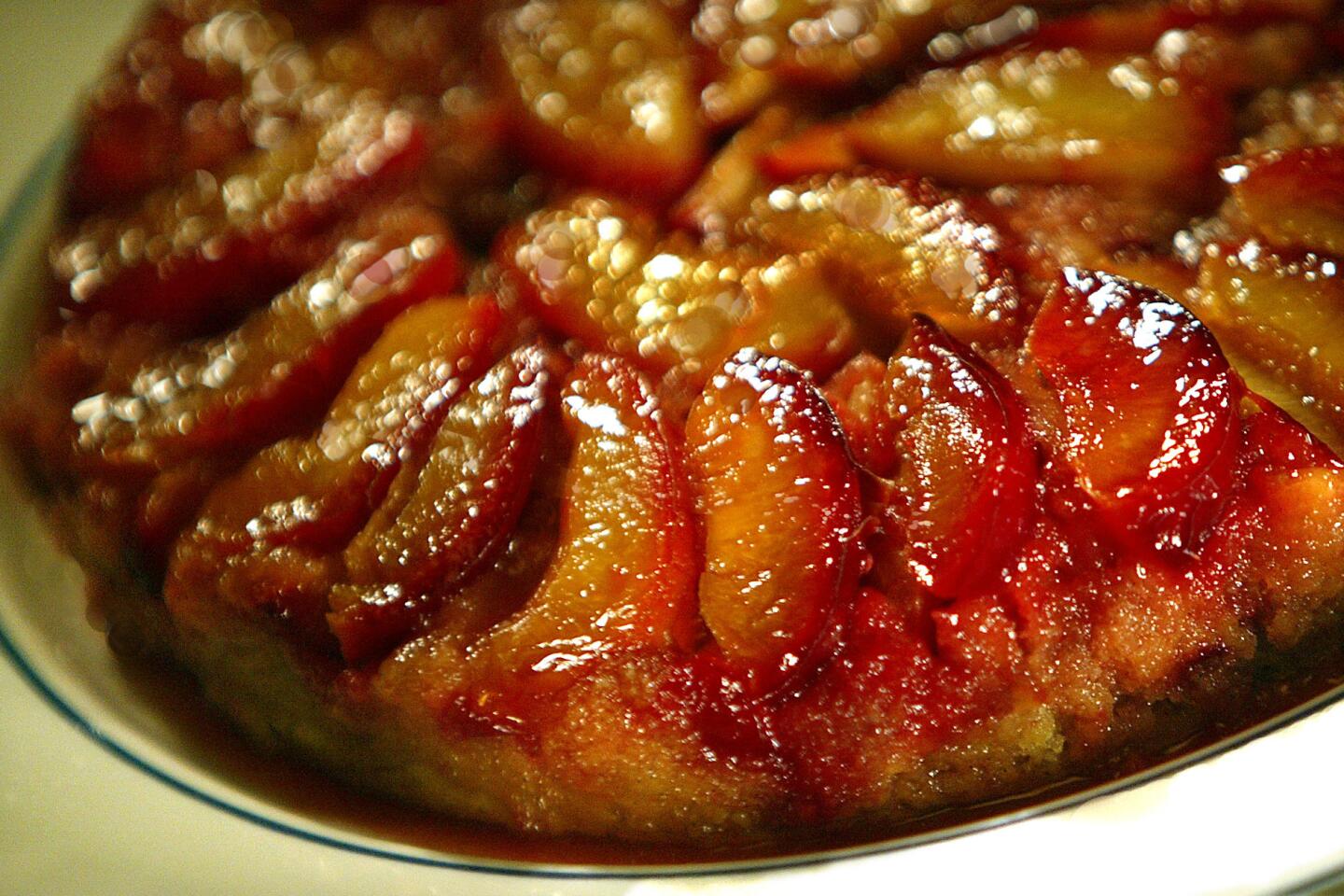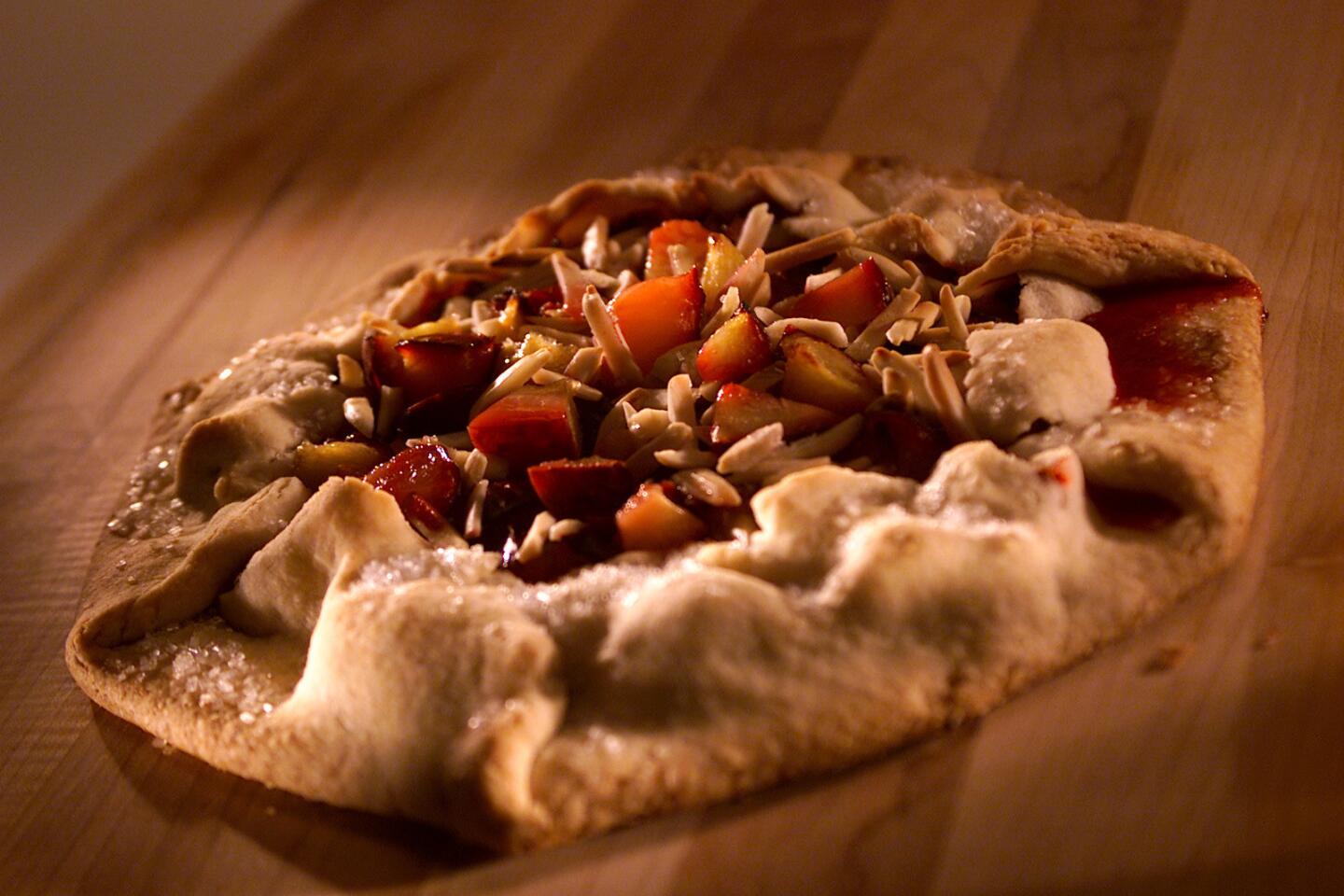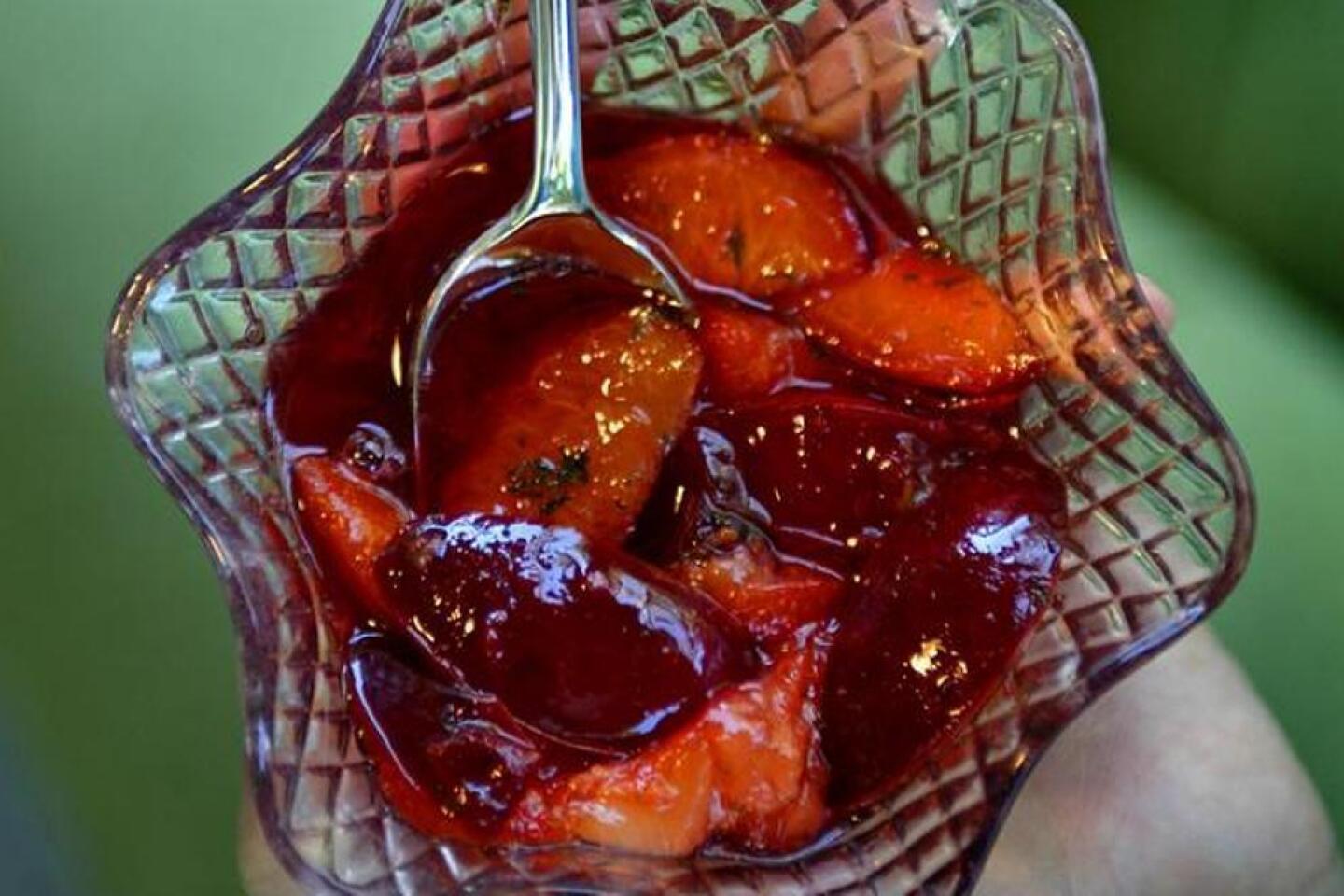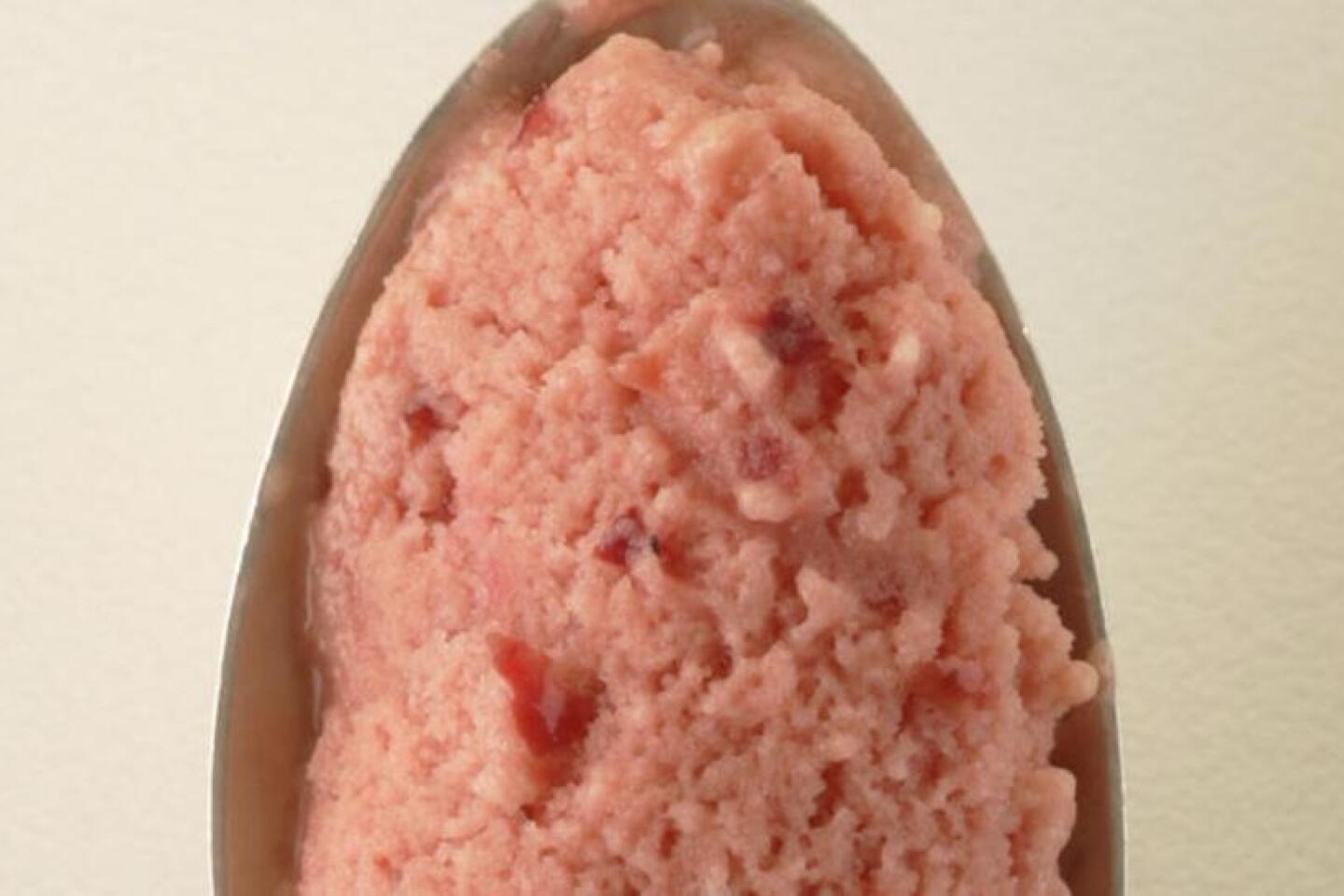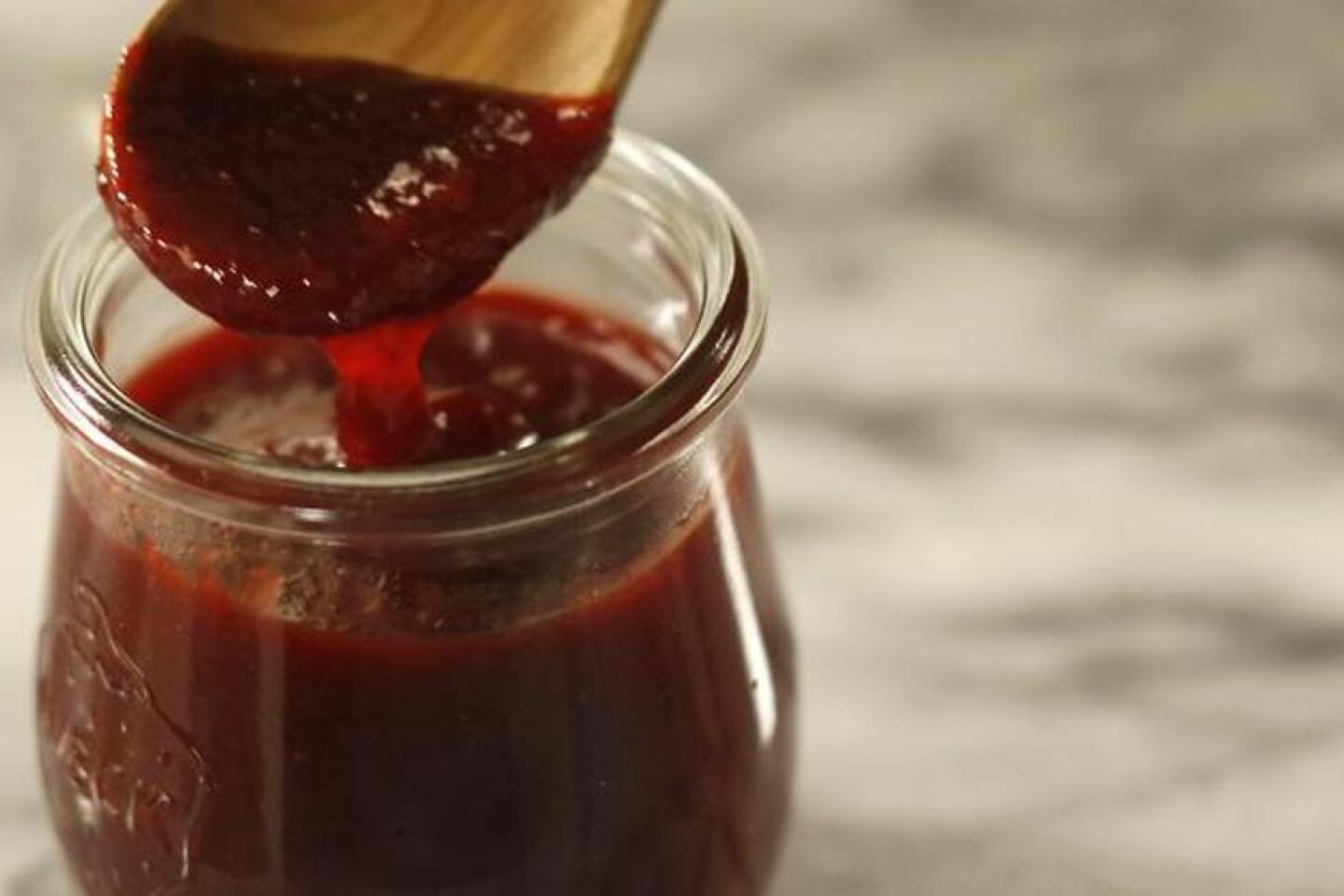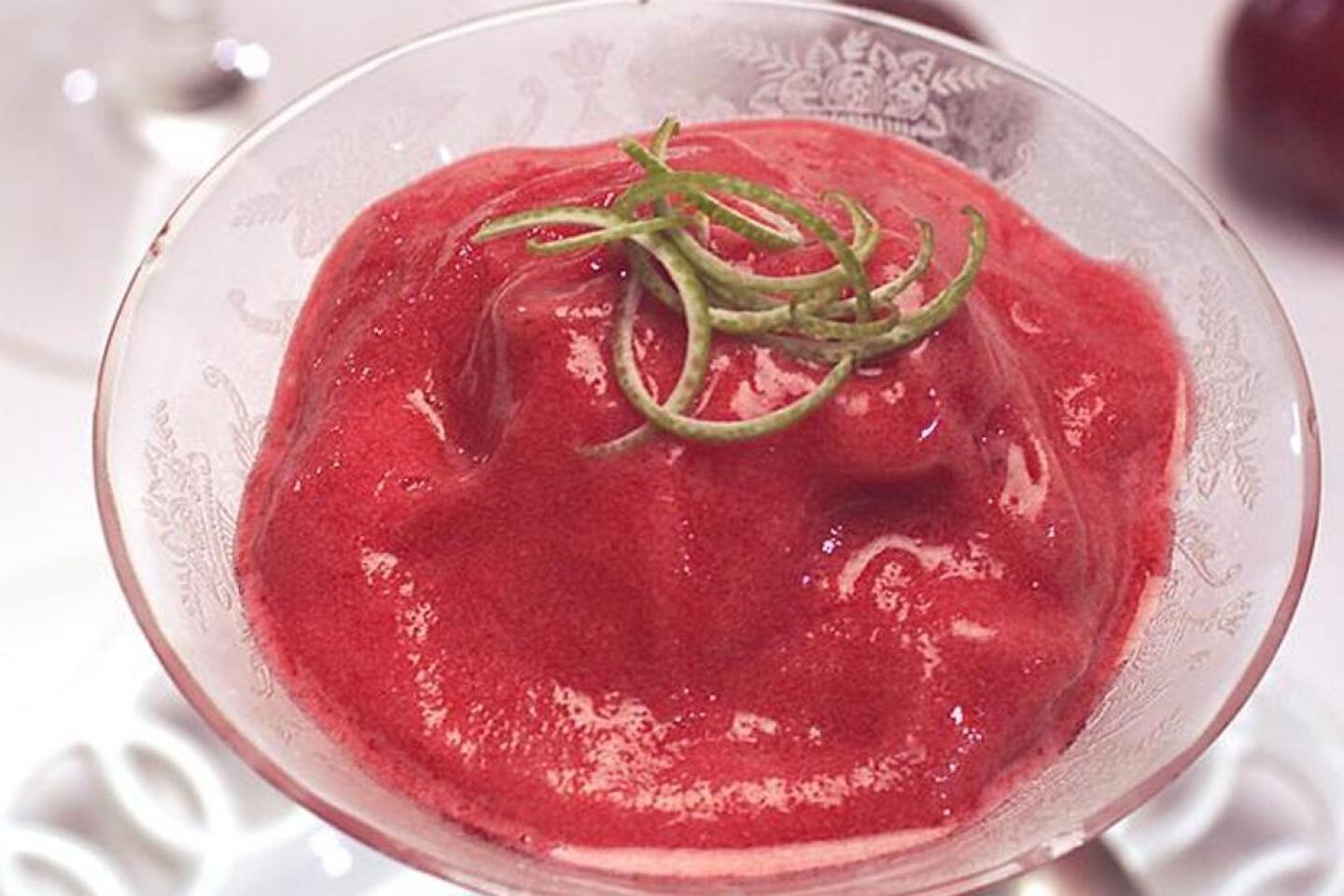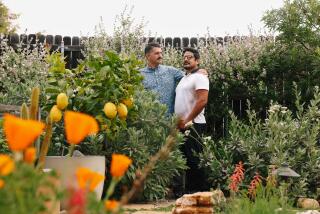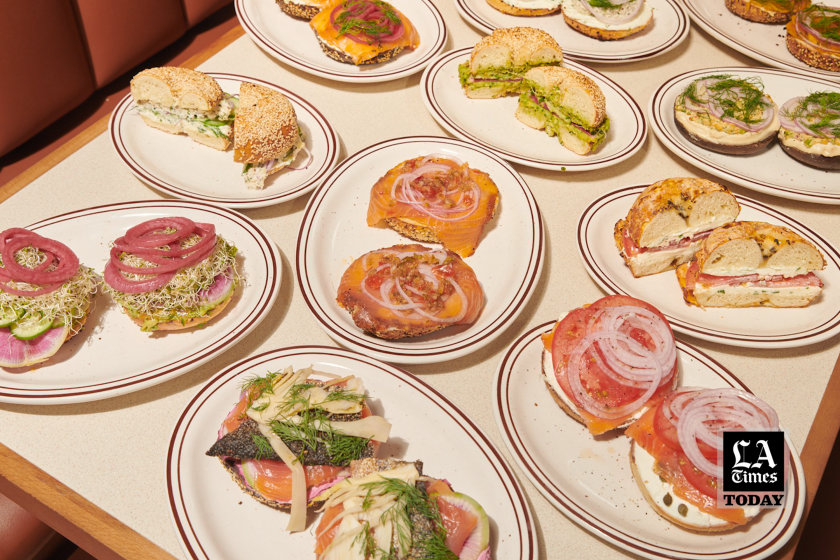Buy this now: Plums, with 12 recipes
When Luther Burbank released the first of his Santa Rosa plum trees to the public in 1906, do you think he dreamed that the fruit would still be giving us pleasure more than 100 years later?
Burbank was, of course, was one of the most heroic figures in modern plant breeding. Working mainly in Northern California, he was responsible for giving us many varieties that are still in use today, including the russet Burbank potato and more than 100 types of plums.
But maybe his greatest achievement was the Santa Rosa, named for the town where he lived and worked for so long. (His home and garden there is now a national historic landmark.)
There are many great plums, but for many of us the king is the Santa Rosa. And almost miraculously, in this age of constantly churning fruit varieties, it can still be found relatively easily. Granted, it’s nowhere near as plentiful as it once was — for decades it was the standard plum in California — but it can still be found quite readily at most farmers markets.
As late as the 1960s, the Santa Rosa still accounted for more than a third of California’s plum harvest; now it has dropped to only a percent or two, as growers have abandoned it in favor of bigger, firmer fruit.
But after you bite into a rich, tangy Santa Rosa, almost anything else tastes insipid.
If you want real fruit street cred, though, search out another of Burbank’s plums, the Elephant Heart. While the Santa Rosa has golden flesh and dark red skin (not too dark; it’ll be overripe), Elephant Hearts are crimson, almost black, all the way through. The wild flavors of the Santa Rosa become almost overpowering in the Elephant Heart.
Because of the tender texture of the flesh of a ripe plum, it doesn’t lend itself to cooking as well as, say, a peach or nectarine. But with a little care, you can capture its sweet-tart flavor in all of its glory.
Here are a dozen recipes — not just for Santa Rosas — to get you started.
How to choose: Plums should be slightly soft and fragrant. If there are white spots on the skin, don’t worry. Those are just naturally occurring yeasts that have collected there. Actually, it’s a good indicator that the fruit hasn’t been overhandled.
How to store: If they’re a little too firm, leave plums at room temperature for a day or two and they’ll continue to ripen. Once they’re fully ripe, refrigerate them.
Are you a food geek? Follow me on Twitter @russ_parsons1
More to Read
Eat your way across L.A.
Get our weekly Tasting Notes newsletter for reviews, news and more.
You may occasionally receive promotional content from the Los Angeles Times.
